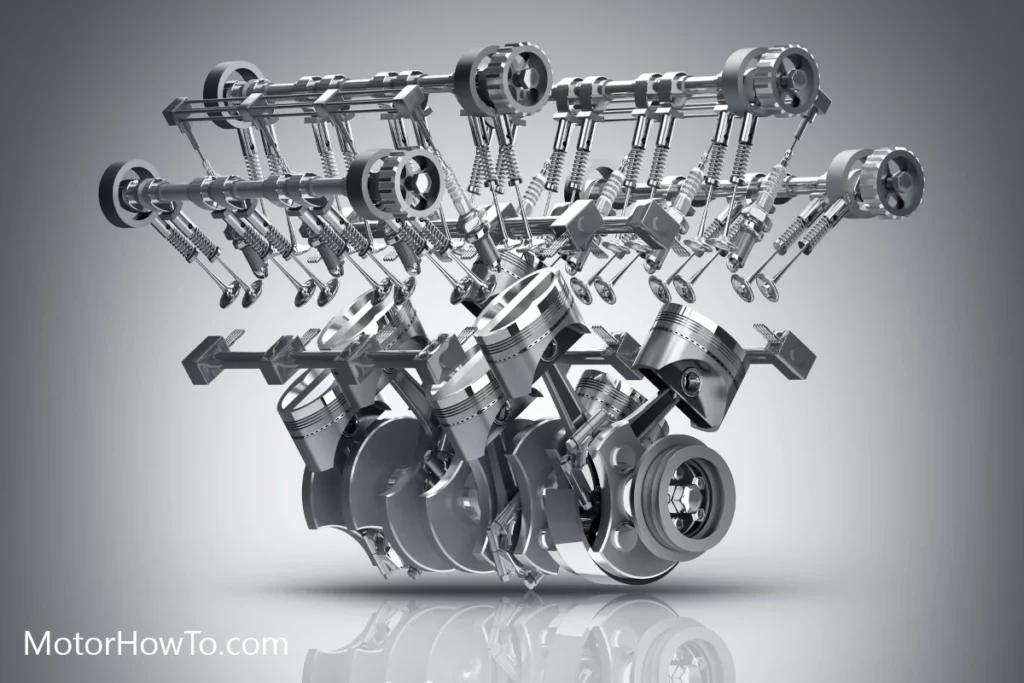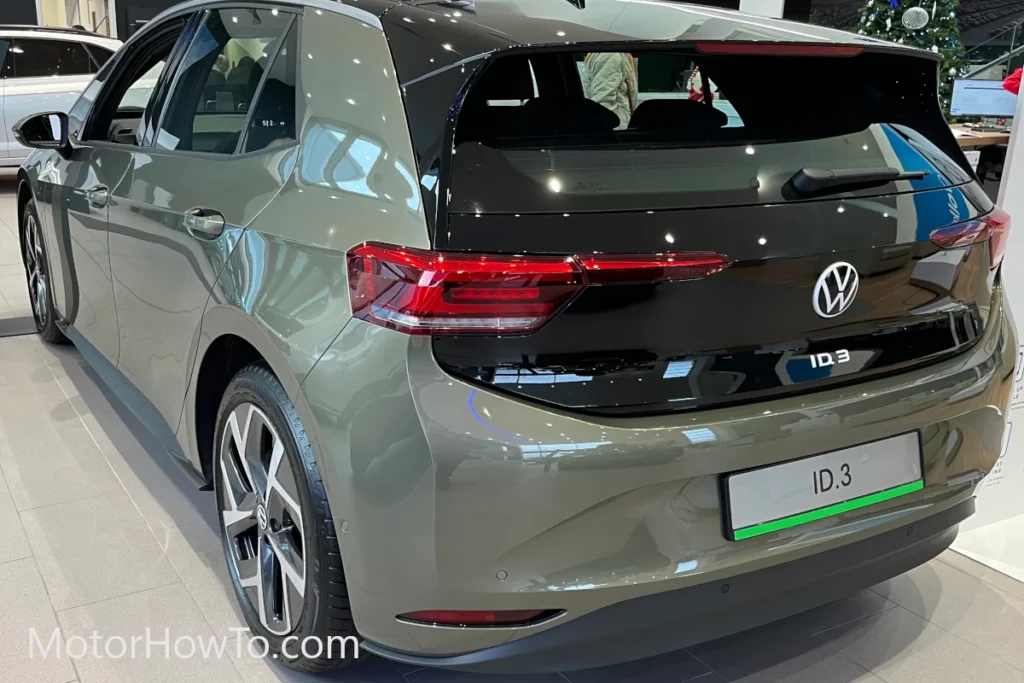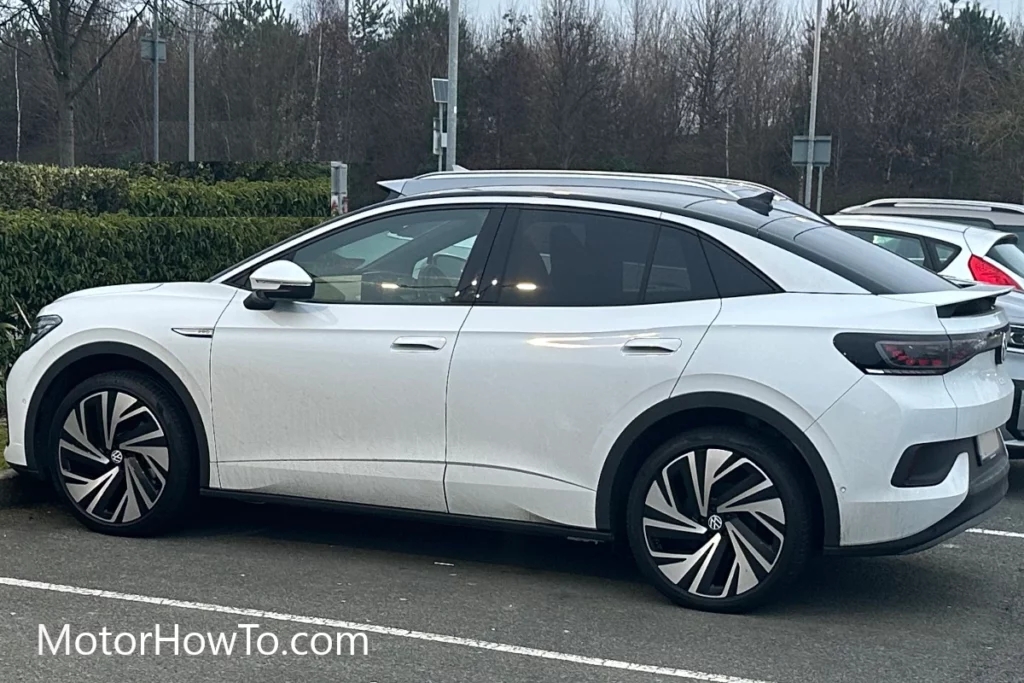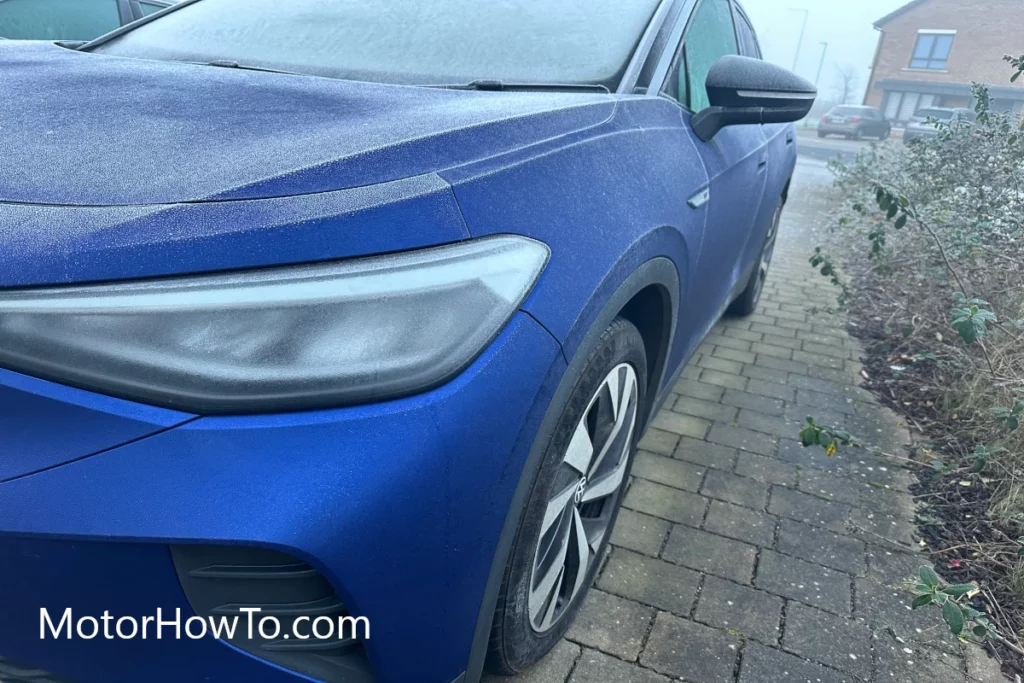Car engines, every car has one, but they are all different. The engine keeps the car on the road, handles all the functions of movement, and is the most important part of any car.
There are a lot of different types of car engines and whether you just want to know some more about your own or are going to get a car in the near future it’s a good idea to know a thing or two about car engines.

Types Of Car Engines
There are a lot of different types of car engines but some are more common than others.
It’s also good to understand that every engine has different features and benefits.
These are a few of the types of engines you might find in a modern vehicle.
1. Two-Stroke Engines
Two strokes are needed to turn the crankshaft of a two-stroke engine, hence its name.
A two-stroke engine is more efficient and has a higher power-to-weight ratio than a four-stroke engine.
During the 1960s, cars used two-stroke engines, like the Sonnett II but most cars today use four-stroke engines.
As a consequence of burning oil and fuel together, this engine produces considerable emissions that are harmful to the environment.
2. Four-Stroke Engines
A four-stroke engine works by completing four distinct strokes in a single combustion cycle.
These four strokes occur in a repeating sequence, with the power from each combustion stroke being used to drive the crankshaft and generate rotational force.
This rotational force is then transferred to the wheels through the transmission, allowing the vehicle to move.
Using a separate lubrication system, this type of engine emits fewer emissions and burns less oil.
This type of engine is most commonly used in vehicles because it is more environmentally friendly.
There are some disadvantages to four-stroke engines, such as their smaller size, heavier weight, and inferior power to two-stroke engines.
3. Six-Stroke Engines
One of the newest types of engines is the six-stroke. This engine uses two additional strokes in addition to four strokes to reduce emissions and increase efficiency.
In addition to reducing gas use, heat, and noise, it also releases less pollution. There are still relatively few vehicles using the six-stroke engine, as it’s still relatively new.
4. Cylinder Engines
In a cylinder engine, there are two valves and a piston at the top of the cylinder along with the inlet and exhaust valves.
A reciprocating piston moves up and down, causing your vehicle to move.
Your engine’s power increases with the number of cylinders it has.
It is common for cars to have four, six, or eight cylinders.
I-4 Engine
As a result of its simple design, the inline-four cylinder engine, referred to as an I-4 or straight-four engine, is one of today’s most popular choices for economy vehicles.
The four cylinders of an I-4 engine are positioned in a vertical or inclined plane along one crankshaft and mounted in a straight line.
Porsche and Subaru are among the exceptions among four-cylinder engines, which are almost all inline-fours.
There are two sets of pistons along the crankshaft that are arranged flat-four or horizontally opposed.
Four-cylinder engines can be referred to as H-4 when configured like this. It allows for a more compact design with a lower center of gravity.
Driving with a lower center of gravity is more sporty due to better handling.
Inline four engines are understandably popular for small engines due to their efficiency and simplicity, but with increased power and size, the design results in a secondary imbalance.
Consequently, inline-four engines cannot be used in all types of vehicles and driving experiences are limited. Because of this, larger or more powerful automobiles often have more cylinders.
I-6 Engine
Inline-six engines are similar to inline-fours in that they have a straight row of cylinders and they drive a crankshaft together, but instead of four, they have six cylinders.
An inline-six engine is larger and more powerful than an inline-four engine, but it is less vibration sensitive due to its mechanical balance, which is both primary and secondary.
As a simple mechanical design dating back to 1903, the inline-six engine is physically longer than its rivals. When compared to an inline-six, a V-6 is about half the length.
A car’s engine compartment was usually much larger decades ago, but as cars have become smaller and engine compartment space has become more limited, the inline-six engine faces a distinct disadvantage.
As a result, most manufacturers use a V-6 engine rather than a six-cylinder engine where they think it’s appropriate.
Similar to inline-fours, some manufacturers use flat-sixes or horizontally opposed configurations (H-6).
V-6 Engine
Six-cylinder engines work with a single crankshaft and are arranged in two sets of three cylinders. There is a normal angle of 60 or 90 degrees between each set of cylinders.
An inline-four engine is able to fit comfortably into the same space as a V-6 engine because of the 60-degree angle.
As a result of this configuration, it is more powerful and has less vibration than its I-4 equivalent.
An angle of 90 degrees for a V-6 is comparable to an angle of 90 degrees for a V-8.
This configuration is less powerful than the V-8 but offers an alternative in both price and fuel efficiency for customers interested in a luxury vehicle with a V-6 engine that can be more affordably priced.
There are both shorter and narrower V-6 engines when compared to inline engines. It also has a lower vibration level and a better center of gravity.
A modern front-wheel drive automobile with these benefits and those seeking a smoother ride can benefit greatly from it.
V-8 Engine
An eight-cylinder engine consists of two sets of four cylinders located opposite each other in a V configuration.
Mounting angles most commonly used are 90, 45, 60, and 72 degrees. A V-8 engine is simply two parallel inline-four engines connected by a single crankshaft.
Similar to inline-four configurations, V-8s produce excess vibration due to secondary imbalances.
In addition to making driving uncomfortable, imbalances and vibrations may also cause engine problems.
Cross-plane crankshafts with counterweights are commonly used to resolve this drawback.
A smoother feeling is achieved thanks to this solution since it eliminates vibration. Compared to a standard V-6 or a V-8 with a single-plane crankshaft, it provides greater comfort.
When compared to a single-plane crankshaft, a cross-plane crankshaft reduces secondary imbalance, excess vibration, and acceleration rates.
In spite of the less-than-ideal vibrations and secondary imbalances, single-plane crankshafts are preferred for racing V-8 engines.
5. Hybrid Engines
The plug-in hybrid electric vehicle combines components of two different types of vehicles:
- Gasoline engine
- Electric motor.
Electric motors, batteries, internal combustion engines, and gas tanks are common components of hybrid engines.
Gasoline and electricity are used as fuel in plug-in hybrid electric vehicles.
The most common type of hybrid vehicle is a parallel hybrid. Electric and internal combustion engines are both used in this car.
An electric motor kicks in when your car is traveling at a speed of 15 mph or less. Cars like this are designed for city traffic. Only as speed increases does the gasoline motor turn on. Electric engines charge while you drive, which is a great feature.
6. EV Engines
A fully electric car runs on electricity. An electric engine replaces an internal combustion engine and a battery replaces a gasoline tank.
If your batteries run out, you won’t have a backup motor like in a hybrid electric car.
The spare battery can, however, be installed in many models. As an affordable engine option, they emit zero emissions.
There are lifecycle emissions associated with the manufacture, distribution, and disposal of an electric car, just like all vehicles produced.
As a result of burning gasoline or diesel for fuel, electric vehicles typically produce fewer emissions over their lives than traditional cars.
Related:
- Understanding Car Safety Systems
- Understanding Car Tires And Wheels
- Understanding Car Drivetrain System
- Understanding Car Interior
- Understanding Car Technology
- Understanding Car Connectivity
- Understanding Car Security Systems
- Understanding Car Body
- Understanding Car Exterior
Fuel Types
Different engines use different types of fuel.
While you might be familiar with most kinds, some aren’t available at every gas station.
1. Gasoline
Most car models use gas as their primary fuel. Since its history dates back to the early 1900s, it’s been tested and proven to be a reliable fuel for cars. To prevent this fuel from burning too early, manufacturers make a blend that uses gasoline, which ignites quickly, allowing for faster acceleration.
Detergents were added to gasoline at that time to help clean engines. In addition to making certain automobiles more durable, this has proved extremely popular.
A low-sulfur version was developed in the 1970s to protect modern automobile catalysts. Gasoline is considered an old-fashioned fuel because it produces so much CO2.
Different grades of gasoline are rated according to their octane rating. The higher the octane number, the more stable the fuel.
In addition to its higher stability, gas is also less likely to pre-ignite and less likely to knock or ping during combustion. Air-fuel mixtures detonate prematurely in engines, resulting in these sounds.
Air and fuel are compressed in internal combustion engines and ignited with a spark. An engine’s knocking sound can be caused by a fuel-air mixture igniting too early under certain conditions. As long as you don’t drive an older car, you won’t hear knocks and pings due to sensors that prevent pre-ignition.
Different gasoline grades have different octane ratings indicated by the larger numbers on gas pump stickers. Gas stations usually sell gasoline with three different octane ratings.
2. Diesel
A common choice for diesel engines is diesel fuel. Several transporters prefer it because it lasts longer on vehicles that travel long distances or are frequently used. Among the largest users worldwide are trains and boats, while most vans and trucks on the roads use diesel fuel.
As a result of the greater percentage of natural elements in diesel, it emits less carbon dioxide, but it also emits nitrous oxide, a contributing factor to smog.
It is widely known that vegetable oils can be used as an ingredient in biodiesel, and this is a process being studied by a lot of people. That could change the future of diesel fuel as we know it.
3. Ethanol
In addition to the other fuels mentioned above, ethanol is also a very popular biofuel. Among the natural sources of sugar cane are barley, corn plants, and sugar cane juice.
In spite of the fact that many cars are capable of running solely on ethanol, it is much more common for homeowners to use a combination of ethanol and gasoline, also known as diesel and ethanol. It has changed over the years in terms of the quantity offered.
To create more eco-friendly vehicles, these fuels are now used more frequently. The use of ethanol is likely to increase in the future since it is considered a renewable energy source as opposed to fossil fuels.
Fuels without ethanol are called non-ethanol fuels. Not every gas station sells this type of fuel. It is possible to get better mileage by using pure gas.
In contrast, ethanol-free gasoline may have a higher cost, which could offset its increased fuel economy. Ethanol-blended gasoline is usually more expensive than non-ethanol gasoline.
Your car’s engine won’t be damaged by non-ethanol gas. Gasses with ethanol blends can be mixed with ethanol-free gas.
Your outdoor power equipment may be damaged if you use an ethanol blend. If your tool requires ethanol-free gas, check the owner’s manual.
Powertrains
Powertrains help move everything and different types work on different types of engines. A lot of people aren’t familiar with powertrains or the different kinds of them, but there are two main types to consider.
1. Series Drivetrains
There are two types of hybrid drivetrains: series and parallel. The wheels of a series hybrid are powered exclusively by the electric motor. Motors are powered either by batteries or by generators powered by gasoline engines.
An engine/generator or battery-powered generator is determined by a computer. In addition to regenerative braking, both engine/generator power and regenerative braking create energy for recharging the battery.
When stopped-and-go traffic is present, hybrids are at their best.
2. Parallel Drivetrains
In parallel hybrid drivetrains, as the name suggests power is generated by the engine and electric motor in parallel.
In parallel hybrids, the battery pack is usually smaller than in series hybrids, since regenerative braking is used to maintain charge.
In parallel hybrid cars, the motor also functions as a generator when power needs are low, similar to how an alternator works in conventional cars.
These hybrids are more efficient on the highway due to their direct connected engines that convert mechanical power directly to electricity and back.
When traffic is stopped and gone, electric motors and batteries are less efficient, but they still improve efficiency.
3. Series/Parallel Drivetrains
The parallel and series drivetrains can be combined to benefit from both their advantages and complications.
Combining the two designs makes it possible to both have an engine driving the wheels directly (parallel drivetrain) as well as effectively disconnecting the engine from the wheels, only relying on the electric motor for power (series drivetrain).
Several popular series/parallel drivetrain designs can be attributed to the Toyota Prius.
Series/parallel drivetrains are efficient enough to perform better and use less fuel than parallel or series systems alone, due to their inherent efficiencies.
Final Thoughts
Trying to understand how an engine works and the different types can be overwhelming and difficult.
Many different aspects and components make it possible for a vehicle to operate.
You don’t need to understand the full workings to decide what kind of engine you want or which one is the best for you.



